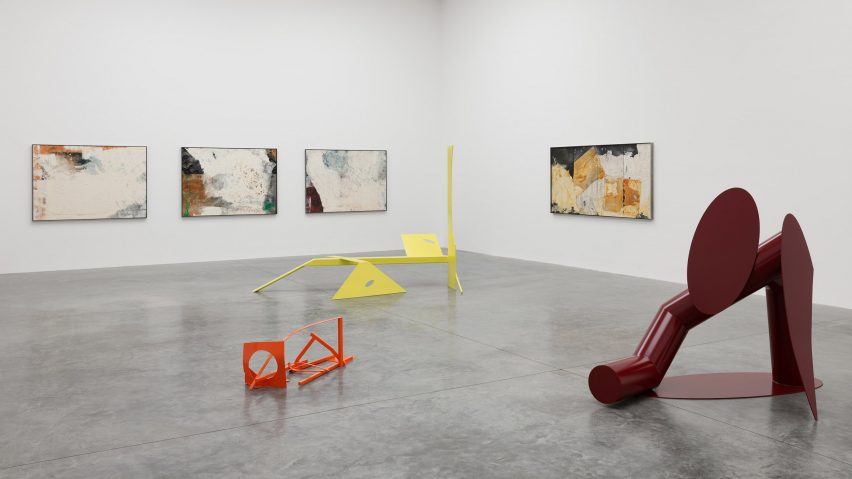
Art is "the medium I want to express myself in" says Samuel Ross
Designer Samuel Ross speaks to Dezeen about his move into fine art, his future in product design and how his vision "has never been to see everyone wearing my T-shirt" at the opening of his exhibition Land.
For his first-ever UK solo show Ross, who designs luxury menswear line A Cold Wall and is a prolific fashion and product designer who has worked with brands including Louis Vuitton, is exhibiting paintings and sculptures at the White Cube gallery in Bermondsey, London.
While Ross has been painting for a long time, it was losing people close to him – including mentor Virgil Abloh, who passed away from cancer in November 2021 – and falling ill with the coronavirus that made him turn his focus more firmly to art.
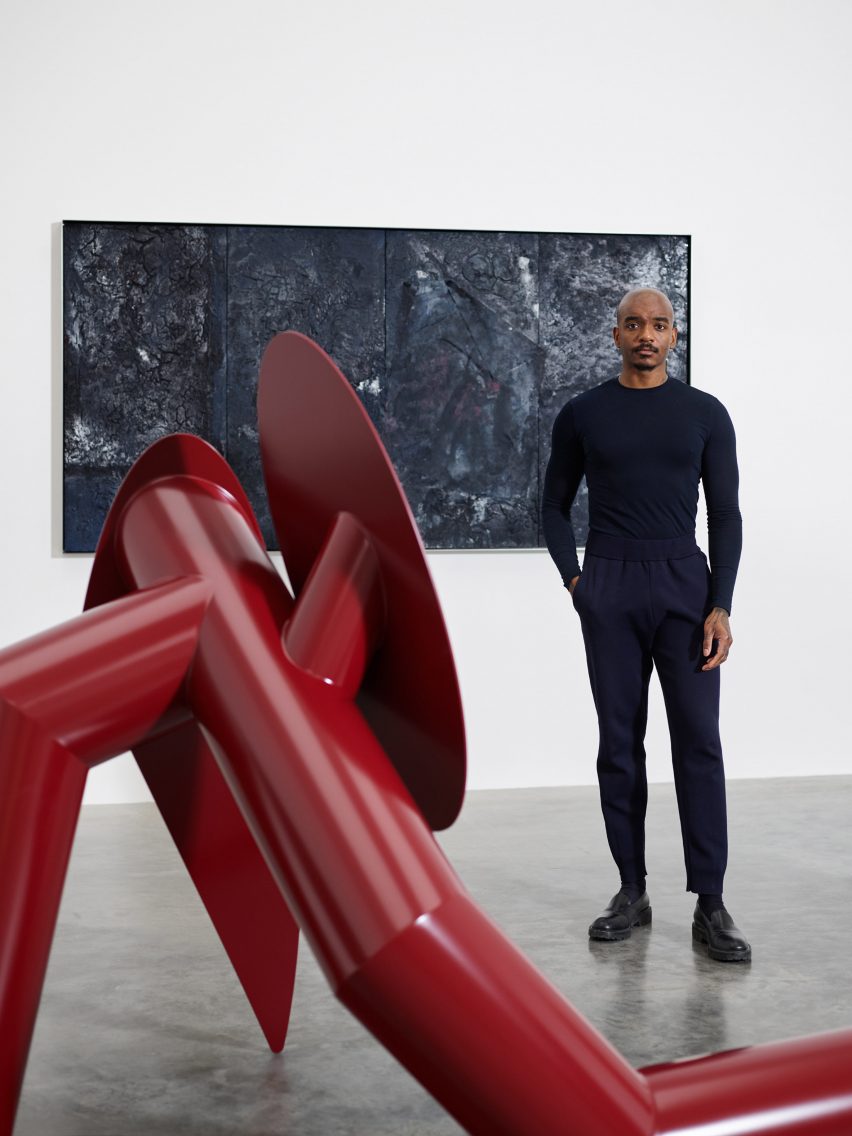
"It was that period of Covid-19 when everyone had time to think, 'what type or mark or imprint do you want to be remembered for, what do you want to express across your body of work?'" Ross told Dezeen.
"We always assume that we have a lot of time on our hands, but the loss of Virgil Abloh and the wider losses occurred during Covid-19... I myself got really sick over covid, but I also got married and had a child," the artist said.
"All these disassemblances and reassemblances of life happened in that period, and I wanted to just focus on expressing feeling, emotion and gesture," he added.
"In a different life, I probably would have been an architect"
For the White Cube show, called Land, Ross designed a space for his abstract paintings and sculptures that utilises more than just the walls and floors on which they are displayed.
Land is a combination of the artworks, a soundtrack composed by Ross, a scent that fills the room and was inspired by his grandmother's home in Brixton, and the entrance to the space itself.
"I designed the door opening to be a lot slimmer and a lot taller, so when you cross between this small 'cabin', you get hit by a wave of sound; I scored the sound and you enter the space and it envelopes outwards," he said.
"It's funny – in a different life or a different system, I probably would have been an architect," Ross added. "This was an opportunity to play with architecture."
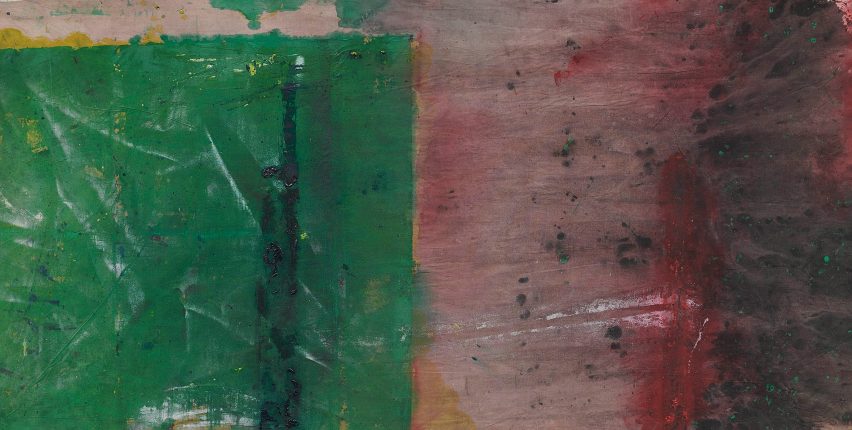
Ross uses a base of oriented strand board (OSB), plywood and duck canvas on which he creates his textured, tactile paintings, which are made by tilting the boards to mix and layer the paint.
In a nod to the exhibition's wider focus on work, heritage and society, he mixed functional industrial paints with more traditional acrylic paint.
This can be seen in the colour-saturated painting 9 Hours, which was named after the time it takes to fly from Britain to the Caribbean.
"There are these moments of lived experience meeting psyche, geography and materials that determine how we view class, which is why part of the performance of painting is to use emulsion and industrial paints and mix them with acrylic, use aerosol and OSB and plywood," he said.
"They're all part of the conversation surrounding industrial materials, industrialised bodies, geography, and access to material, access to location."
Lens of exhibition "tilts towards the Black British experience"
The exhibition is part of a wider examination that Ross, whose parents are both of Caribbean descent, had undertaken of his own background.
"I think I've been contesting the word Black a lot more," he explained.
"Because it has no physical location by its nature – it's a decentralised moniker, which makes sense historically. But the problem is that doesn't do much for the origin of one's self."
"It has a fleeting diasporic nature to it but when you question 'who am I, where am I from', you probably have to come forward with further specifics," he added.
"This is where the notion of British Caribbean has been at the heart of a lot of what I'm trying to focus on, looking at the Black British art movements of the '70s and '80s."
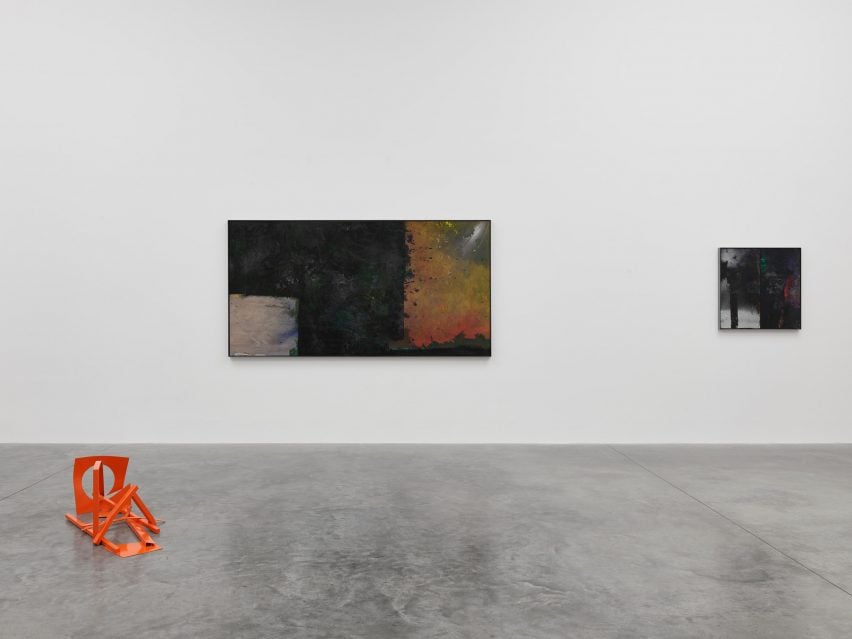
Through the exhibition, Ross hoped to create an immersive experience that would convey something of his own background, while also speaking to the wider human condition.
"The artworks are fundamentally about expressing the human experience, with a lens that tilts towards the Black British experience," he said.
As Ross has become an established name in the fashion and design industries, he is also helping emerging designers through his Black British artist grants, which is in its fourth year and is primarily self-funded.
"It doesn't get as much public share as it should now in particular sectors because they need what's hot at that moment, but the programmes will continue to go and we're still adding new partners yearly," he said.
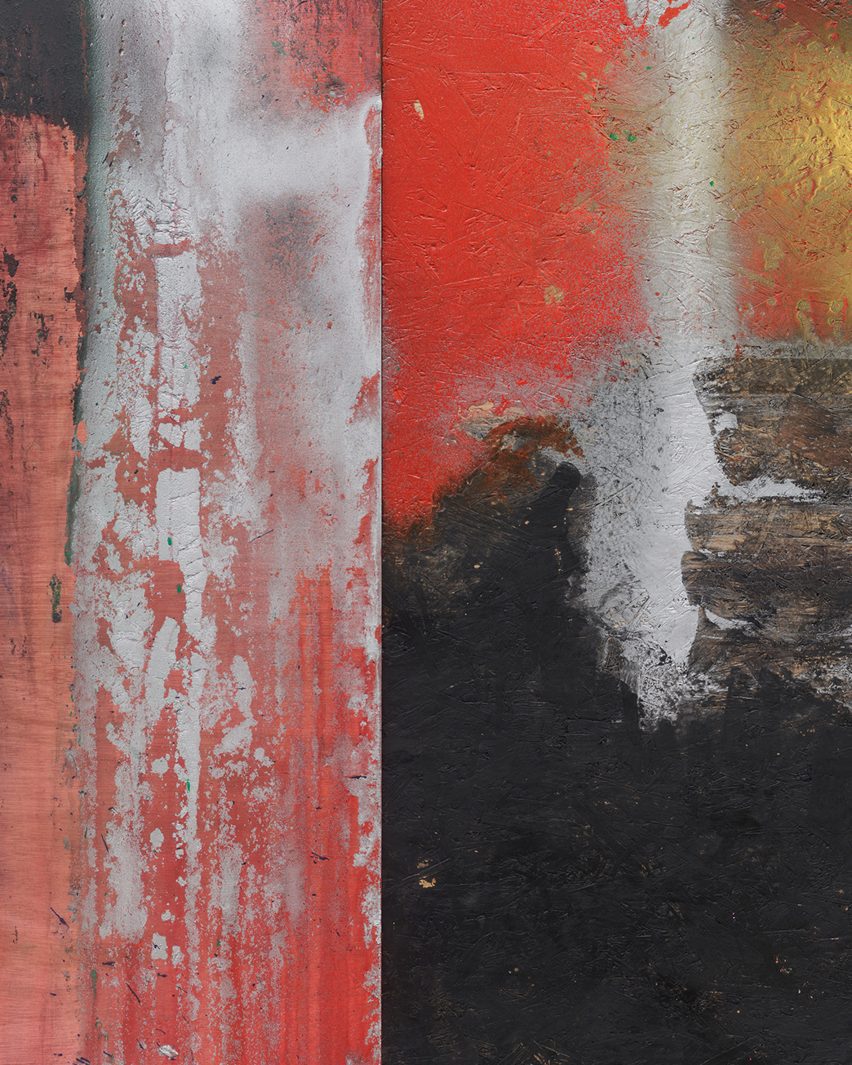
Creating art is different from the way in which he had worked as a designer, Ross said.
"It's a little bit of an exhale to just paint, just sculpt, and it feels incredible to understand the medium I want to express myself in across the long term," he said.
"With product and industrial design, there's this spirit where curiosity poses itself through challenge and problem-solving," he said.
"This tends to have you veer into different categories or classes of goods, which is really exciting – to say, 'what's my perspective on the credit card design? What's my perspective on an automobile? What's my perspective on the chair?'"
"And that's incredible; it's almost like a Rubik's Cube and you're literally problem-solving," he added.
"But within the arts, I felt like I've always been a painter, it just took me some time to take the leap."
"There's only so much product people need"
Ross had also become disillusioned with "some of the macro issues within the fashion sector".
"If you think about the system design of what's happening at a supply-chain level, it's quite tedious," he said.
"That's not to do with creativity and expression, it's to do with engineering and supply-chain management," he added. "I can't ignore the – it's not an apathy that it brings, it's not a frustration, it's a disappointment."
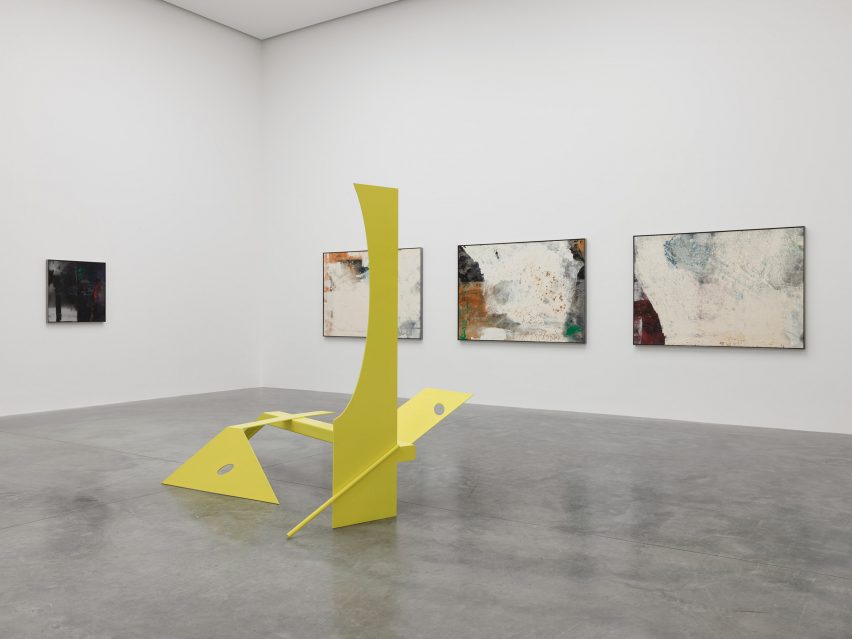
In addition, he had begun questioning the mass-production aspect of fashion.
"I travelled to Guangzhou in China in maybe 2019 and went to a supplier mill, and I looked at a bucket of nylon in liquid form in front of me," he said.
"You look at that and you think to yourself, maybe this isn't the right place to spend efforts in," he added. "Also, consumer fatigue is a big deal – I think there's only so much product people need."
Instead, his vision for A Cold Wall now is based on historical placement and curatorial elements.
"My vision in fashion has never been to see everyone wearing my T-shirt or my jacket, I think that's a bit reductive," Ross said.
"In that sector, I want to make beautiful garments that have something to add historically. The V&A acquisition last year of the Converge Gilet meant a lot to me because it was where I intend conceptual garments to go."
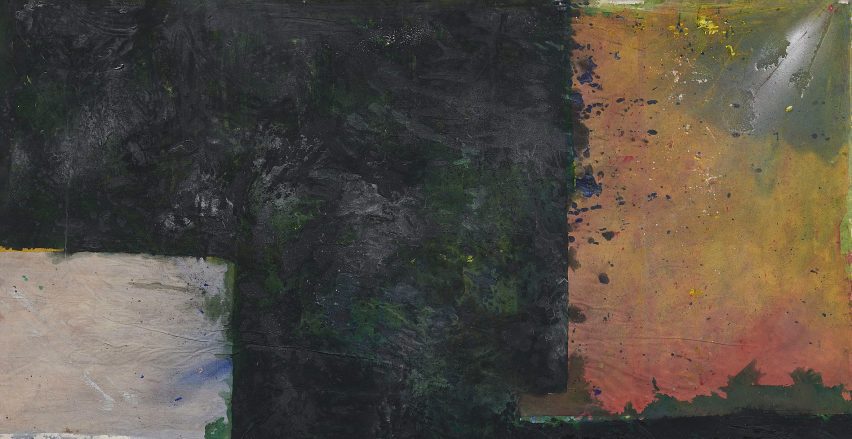
In the future, Ross sees himself focusing mainly on art and design.
"At the moment, I operate in three fields – art, and design with a little d and a big D – and I think I have capacity to focus on two," he said.
"Of course, I've still got time for fashion, but I feel like there's more of an urgency to speak in the design remit and within the fine art remit," he added.
"The fine art aspect is something I'll do forever. Design I intend to be practising for the next 15-20 years."
Other artworks by Ross can also currently be seen at the exhibition Mirror Mirror: Reflections on Design at Chatsworth.
Land is on show at White Cube Bermondsey from 5 April-14 May. For more events, talks and installations in architecture and design visit Dezeen's Events Guide.